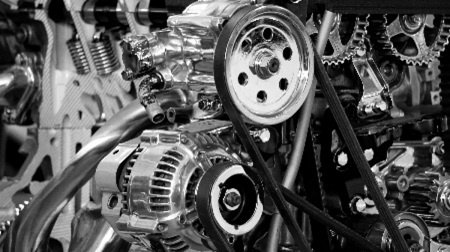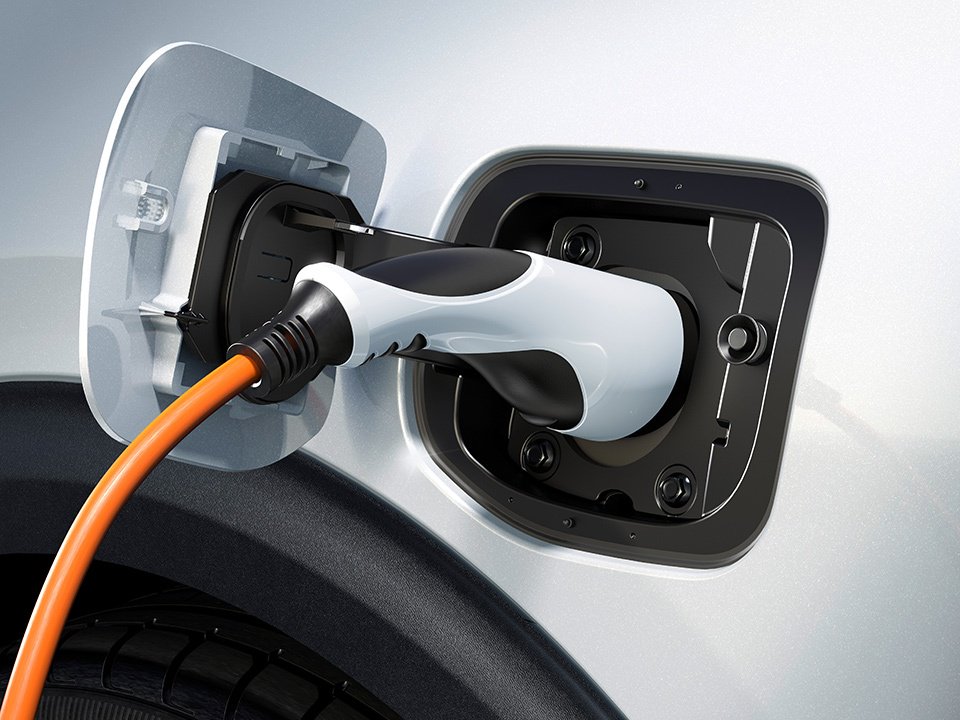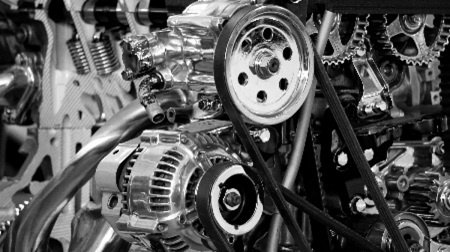REPOST: Green Car Reports)
The very first working four-cycle internal-combustion engine was invented by Niklaus Otto in 1876, and in due course it changed the world.
A quarter of a century later, gasoline engines, steam-powered vehicles, and electric drive competed on an equal basis, but by 1915, it was clear the gasoline engine would triumph.

The next 100 years brought more than 1.2 billion vehicles to the surface of our planet, the vast majority fueled by gasoline burned in internal-combustion engine.
Six weeks ago, state media in China revealed that the country was evaluating in what year it should end the sale of new vehicles powered by gasoline and diesel fuel.
The Chinese car market is the world’s largest, at 31 million vehicles last year. Carmakers have no choice but to follow the country’s rules if they want to remain relevant globally.
Now, suddenly, we starting to hear serious discussion about “the end of the internal-combustion engine.”

The first such article that came across our desk actually preceded the Chinese announcement.
In August, The Economist published a story titled simply, “The death of the internal combustion engine.”
“It had a good run,” the story began. “But the end is in sight for the machine that changed the world.”
“Rapid gains in battery technology favour electric motors instead,” it continued, noting the gains in range from the newest mass-market electric cars like the Chevrolet Bolt EV.
That was a one-off; we made a note and moved on.
Then, last week, came another story, this one in The Washington Post.
Saddled with the lengthy title, “Why 2017 will go down as the beginning of the end of the internal combustion engine,” the piece covers some of the same ground.
It also cites three specific reasons why 2017 may prove in retrospect to have been a tipping point for electric cars.
